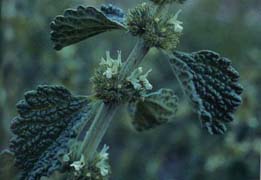· Composting materials from home
1. Kitchen waste
2. Weeds, grass clippings, plant debris
3. Dog and cat hair
4. Tea bags, newspapers, dishwater, lint from vacuum cleaner
· Other options for acquiring compost materials
1. Ask neighbors for their grass clipping and plant debris
2. Contact local farms or orchards for possible materials such as eggshells, feathers, imperfect hay, manure, and spoiled fruit.
3. Cider mills and factories for apple pomace (There is one in Tenino)
4. Lumber mills for sawdust, shredded bark, and wood shavings
5. Stables for manure
6. Grocery stores and restaurants for food trimmings
· Materials that should be avoided
1. Human, dog, cat, or bird waste
2. Large pieces of wood
3. Shells of shellfish (oysters, clams, ect.)
4. Diseased plants
5. Toxic materials
6. Large amounts of hops, pine needles, heavy cardboard, grease/oil
· Materials that will enrich your compost
1. Manure
2. Dried blood (Yuk!)
3. Bone meal
4. Lime stone
5. Peat moss
6. Cottonseed
· The cause of many compost pile failures is lack of nitrogen. Nitrogen supplies the bacteria and fungi (they do the composting) with the necessary food they need to continue their life cycle.
· Nitrogen suppliers
1. Blood meal
2. Human urine
3. Manure
4. Alfalfa meal
· Manure is the most important ingredient in a compost pile. It is difficult, but not impossible to have a successful compost heap without the use of manure. When composting with earth worms, manure is essential. Manure is very high in nitrogen and is high in bacteria.
· Different composting methods
· There are many ways to compost such as; under ground, above ground, boxes, bins, garbage cans, trenches, bags, and pits (all are based on the Indore method of composting).
· All composting methods aim is the same: to feed the microorganisms that turn the compost heap into humus.
· Microorganisms need; air, moisture, nitrogen, and carbon in the correct proportions plus warmth. If the compost pile drops below 55 Fahrenheit the bacteria/microorganisms will become dormant.
· The more often you turn your compost pile the faster it will decompose.
· There are many ways to compost, but there are two main methods; hot and cold.
